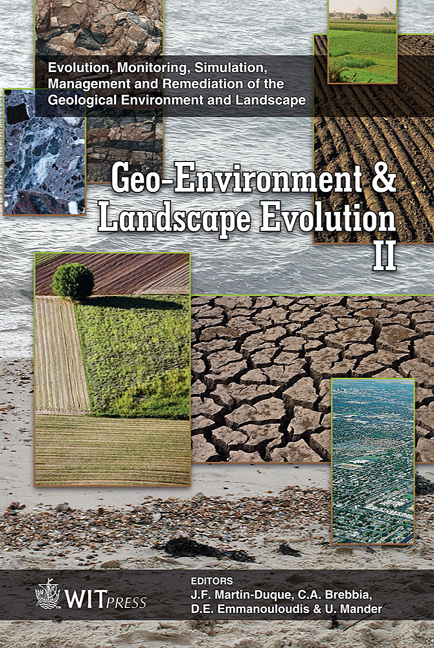After Treatment Of Landfill Leachate In Peat Filters
Price
Free (open access)
Transaction
Volume
89
Pages
11
Published
2006
Size
916 kb
Paper DOI
10.2495/GEO060101
Copyright
WIT Press
Author(s)
M. Kõiv, M. Kriipsalu & Ü. Mander
Abstract
The main objective of this study was to determine the treatment capacity of well mineralised Sphagnum peat in order to reduce BOD and COD values and nutrient concentration in landfill leachate. The peat filters were suitable for the reduction (up to 93%) of ammonia nitrogen. Good results were obtained in the reduction of total phosphorus from both raw and pre-treated leachate (up to 81% and 70-99% respectively). The purification rate of the landfill leachate depended on the contamination rate – the outflow results were better with pre-treated leachate, and the results also improved due to the lowering of the flow rate (on average by 60 times). Therefore, it is recommended that peat filters be used in combination with conventional treatment methods, e.g. as soil filters of subsurface flow constructed wetlands for the secondary or tertiary treatment of the leachate. Keywords: ammonia-nitrogen, BOD, COD, peat filter, pre-treated landfill leachate, raw landfill leachate, total nitrogen, total phosphorus. 1 Introduction Peat is partially fossilized decomposed plant matter that transforms in wet areas in the absence of oxygen. Compared to mineral soils, peat has a very high organic content (60% carbon). Peat has a surface area of >200 m2 g-1 and is highly porous (80-90%) [1]. In Estonia, peat lands cover 22% of total land area. Estonian peat resources are estimated at 2.4 billion tonnes, of which 0.2 billion tonnes are less decomposed, and 1.4 billion tonnes are well decomposed [2].
Keywords
ammonia-nitrogen, BOD, COD, peat filter, pre-treated landfillleachate, raw landfill leachate, total nitrogen, total phosphorus.





